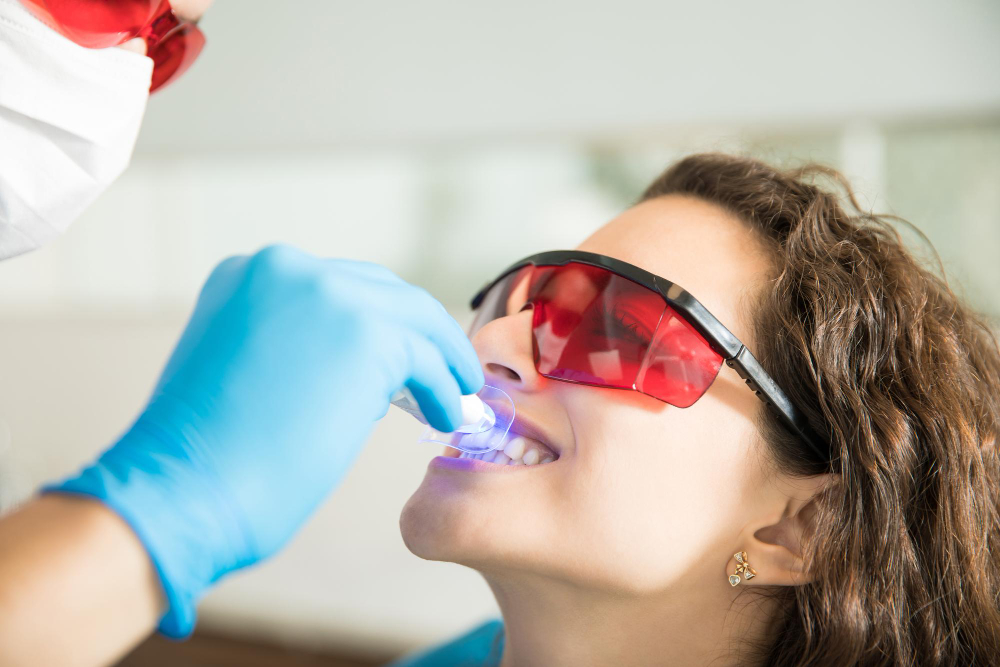
Let’s face it—we all want that radiant, movie-star smile. Whether it’s for a special occasion, a job interview, or just to feel more confident in selfies, white teeth have become a symbol of self-care and confidence. But with so many whitening options out there, from DIY tricks to high-tech dental treatments, how do you know what actually works?
Let’s break it down.
1. In-Office Whitening: The Power Treatment
If you want fast, dramatic results, this is your go-to. Dentists use professional-grade whitening gels—sometimes combined with laser or light technology—that can brighten your smile by several shades in under an hour.
What to Expect:
- You’ll sit in the chair for about 45–60 minutes.
- There might be some sensitivity afterward (don’t worry—it’s temporary).
- It’s not cheap, but it works.
Best For: People who want instant results with professional oversight.
2. Take-Home Kits (From Your Dentist): A Middle Ground
Not in a rush? These dentist-approved kits come with custom-molded trays and professional-grade gel. You wear the trays for a set time every day—usually over a week or two.
Why People Love It:
- More affordable than in-office.
- Less intense, so reduced sensitivity.
- You’re in control of the pace.
Heads Up: It still requires consistency. No skipping days!
3. Whitening Strips & Drugstore Options: Do They Actually Work?
Yes—to a point. Whitening strips, pens, and over-the-counter trays can help lift surface stains if used regularly.
The Catch:
- Results are usually mild.
- May not reach in-between teeth or deeper stains.
- Some strips can slip or cause gum irritation.
Pro Tip: Look for products with ADA approval or dentist recommendations.
4. Natural Whitening Methods: Trendy, But Risky
Baking soda, oil pulling, activated charcoal… they sound cool and “clean,” but be cautious. While some people swear by them, there’s limited science behind these methods.
What You Should Know:
- Overuse of abrasives like baking soda can harm enamel.
- Charcoal might actually stain more than whiten over time.
- Oil pulling is good for general oral health, but whitening? Not so much.
Before You Whiten: Think Twice
- Are your teeth healthy? Whitening doesn’t fix decay, infections, or gum disease.
- Do you have crowns, veneers, or fillings? They won’t whiten.
- Is the discoloration internal? If your teeth are gray or bluish, typical whitening may not work.
Always, always consult your dentist before starting any whitening treatment—even if it's over-the-counter. What works for your best friend might not work for you.